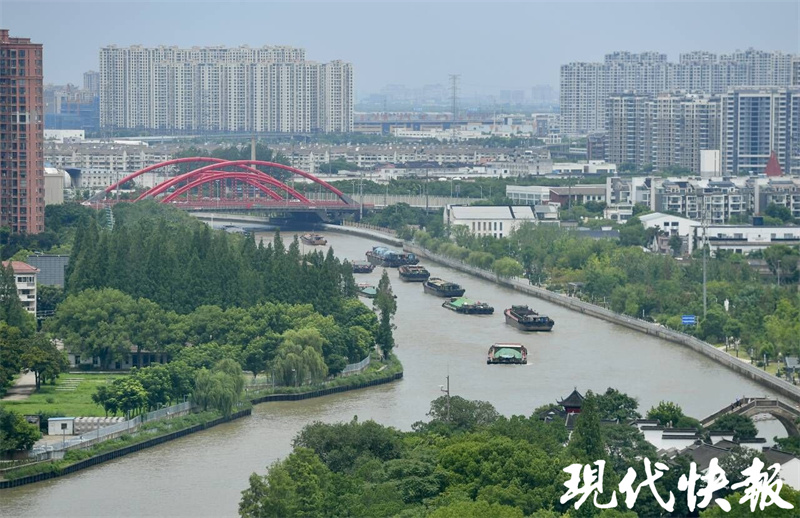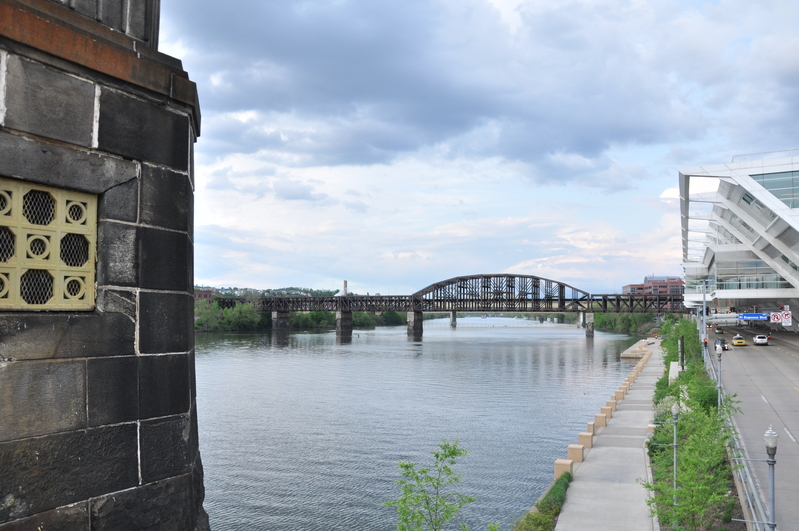I'm going to the Ganges to watch the sunrise. Ganges | India | Sunrise
During the 2019 Spring Festival holiday, after a whole day of turmoil, I finally arrived at Delhi Airport smoothly from Shanghai. I ate Indian only vegetarian burgers at KFC at the airport gate and drove off, embarking on this journey.
The first stop in Delhi is to visit the National Museum of India. The car is traveling on the wide Wangjia Avenue, and on the left is the embassy area of various countries. The palm trees are swaying, and the white buildings look like nothing dirty or messy; Turning to the right, one can immediately see the narrow residential buildings stacked layer by layer, and the clothes hung in the air fluttering like a thousand national flags. India opened up its many sides to us on the first day.
The National Museum is not particularly large in size and was established in 1949 at the initiative of then Prime Minister Nehru. The main building is a three story dome with white colonnades, with a simple appearance that contrasts strongly with the lively artistic imagination of our ancestors. Coincidentally, students from two local high schools formed a group to visit. The children lined up in a long queue, chattering and laughing incessantly, shyly and enthusiastically taking a photo with us in front of the statue of the divine monkey Hanuman in the hall. Hanuman is the son of the wind god in Indian mythology, possessing the divine power bestowed by the gods. He is mischievous and greedy, and can jump across the sea from India to Sri Lanka in one leap. Many scholars, such as Hu Shi and Ji Xianlin, believe that Hanuman is one of the prototypes of Sun Wukong after comparing ancient Chinese and Indian books. Coincidentally, we met Hanuman from India during the Year of the Monkey in China.
The museum is divided into exhibition halls by era and type, displaying various precious cultural relics from different periods from the 3rd century BC to the present. On both sides of the movement line, corridors filled with ancient stone carvings guide tourists into one magical historical space after another. Various legendary stories are carved on stone slabs, stone cubes, and stone pillars, with exquisite figures and animal forms that are well preserved. Historical entanglements are like fleeting clouds, and now these "witnesses" are in the same room as Chen, as if folding time and space——
In the prehistoric period of introducing the civilization of the Indus River Basin, in 2500 BC, the indigenous people of the Dharapitans worshipped the mother goddess and the rumen cow, as well as the artistic themes of dancers and ox carts, which began from then on.
The Two Rivers Civilization, which lasted for over 1000 years, had very little material preservation until the Peacock and Xunga dynasties in the 4th century BC, which left Persian style Ashoka stone pillars and covered bowl style Sanqi Pagoda. Some stone carvings were displayed in early Buddhist art rooms.
The Indian Guishuang Dynasty, which was parallel to the Han Dynasty in China, integrated the characteristics of India, Greece, and Rome in its culture, forming a tripartite unity. In the Buddhist art rooms of this period, the male figure of the Eight character Hu was seen everywhere, while the graceful and charming female Maitreya Buddha was seen. The figure was robust, with a sharp nose and a blend of east and west.
The second and third floors have classified and collected valuable documents and detailed paintings from the Mughal dynasty, meticulously crafted to record the customs and traditions of the time.
The ancient currency room houses over 40000 ancient coins, as well as ethnic costumes, dyed fabrics, ancient weapons, wood carvings, and ethnic musical instruments.
After the visit, we boarded a small plane heading to Varanasi and took a breath from the long river of history, hoping to catch the sunrise of the Ganges the next day.
The next morning, our group passed through a block from the hostel, squeezed out a narrow alley, and looked up to see the slow flow of the river. The riverbank is already crowded with people and sparks. In the darkness, people quietly boarded small red boats, with neighboring boats approaching and passengers murmuring softly. Suddenly, I saw a waterbird flapping its wings in the distance, with a faint red light emanating from the east. The ship was sailing towards the middle of the river. The night mist did not dissipate, with a golden beam and a red sun leaping out, only to realize that white gulls were hovering overhead, circling around the ship and not dispersing.
Arriving at the other shore, the open riverbank was filled with silver white fine sand, and stepping on it was soft and silent. Walking confidently, occasionally passing by a few people with wooden crates and packages on their heads, locals say that inside are the clothes and corpses of their loved ones, to be delivered to the brightly lit cremation boat across the river. There are also yoga practitioners wearing yellow clothes, laying a piece of floral cloth and performing a sun worship ceremony. There weren't many people on the riverbank, so we packed cans of fine sand as a souvenir and stood by the river waiting for the boat to take us back to the bustling dust on the other side.
The sun continued to rise steadily, and on my way home, besides feeding birds, I also observed the famous Ganges River, which was unclear, turbid, odorless, and nothing special, but I couldn't see any swimming fish.
It was already dawn, and everyone gradually became cheerful. As they disembarked, they stood on the pier where the journey began and looked back, still surprised by the rows of buildings by the river. There were brick and tile houses of ordinary people, as well as pointed churches and arched temples. Similarly crowded and crowded, there were also people of all kinds - men, women, old and young, openly bathing and bowing, while ascetic monks painted their faces with white powder and looked calm.
A vendor covered in beads was eagerly promoting Bodhi prayer beads to us when he suddenly bumped into a child beside him. He happily greeted us strangers and turned around to disappear into the brightly dressed crowd. In the thin mist, light smoke drifted from the burning boat, and a small white boat swayed in the waves. A red billed gull led the boat forward.
After watching the sunrise over the Ganges River, we need to walk back to the parking lot from the old alleyways and blocks. The colorful vegetables and fruits on both sides have been set up for sale, which is really beautiful. The roadside markets have all opened, and the surging crowd suddenly stopped for some reason. It took a while to see a white cow strolling leisurely in the bustling market, and I don't know who carefully drew her eyebrows with a matchstick.
One of the big brothers who accompanied him was quite burly, dressed in trendy clothes, so flamboyant that it attracted many beggars to follow suit. In the chaos, we finally arrived at the front of the bus. At this moment, my colleague suddenly patted my shoulder and said, "Look!"
Looking up, I saw a beautiful little girl with big eyes sitting on the street not far away, seemingly waiting for her working mother. Her eyes were bright and focused, and the toy she tossed and turned in her hand was a plastic big white cow.




